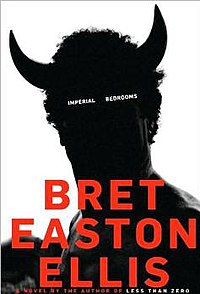Yes, it’s true. When I’m not sneaking in time to write my own stuff, I’m apt to be found poring through a book, and I caught a bit of a review bug a few years back which I’ll blame on Goodreads. The site is awesome in my opinion. It’s a great place to get book recs and to talk with readers who are also fans of the genres and authors that I like. I’m an organization nerd so I also love that you can catalogue what you’ve read and reviewed. I wish it had existed when I was in grade school. I’d have a whole history of my life in books!
Well, instead I have a history of what I’ve read over the past ten years (a little spotty for the first couple). If you’d like to connect with me there–and I hope you will–here’s my Goodreads profile page.
Meanwhile, I’ve taken on some review work at other sites, and I thought it would be cute to pass that along. You can follow my reviews at New York Journal of Books, Queer Sci Fi, and Out in Print. I get called on a lot to review fantasy titles, though I’ve branched out to other genres from time to time. My most recent review at Out in Print was a reprint of a gay pulp erotic pirate novel, for instance. I like discovering unusual titles and helping to spread the word about LGBTQ+ #OwnVoices books.
Feel free to pitch a title to me if it falls into that latter category. I’ll probably say no, which I guess is pretty harsh, but I want to be realistic about expectations. Between reviewing for three sites, getting reseach in, and finding time to read for pleasure, I’m massively backlogged most of the time. But I promise not to be mean if you decide to try me!
If you’re looking for reviewers, here’s a few suggestions…
Reedsy has a searchable book review blog database you can find here. It covers the full spectrum of genres.
There’s also The Book Blogger List that has a comprehensive list of categories.
And, I just discovered this one while writing this post: Book Sirens has a blog directory.
I’ll also mention, for my ongoing project An Introduction to Gay Fantasy, I’m always looking to build up my curated list of titles, particularly books written before 2000. So fire away with suggestions. I have the lofty aim of collecting “noteworthy” titles, which I define in lots of ways: awards, industry praise, diverse portrayals, #OwnVoices, and “ground breaking” characters and/or ideas about gender and sexuality.

